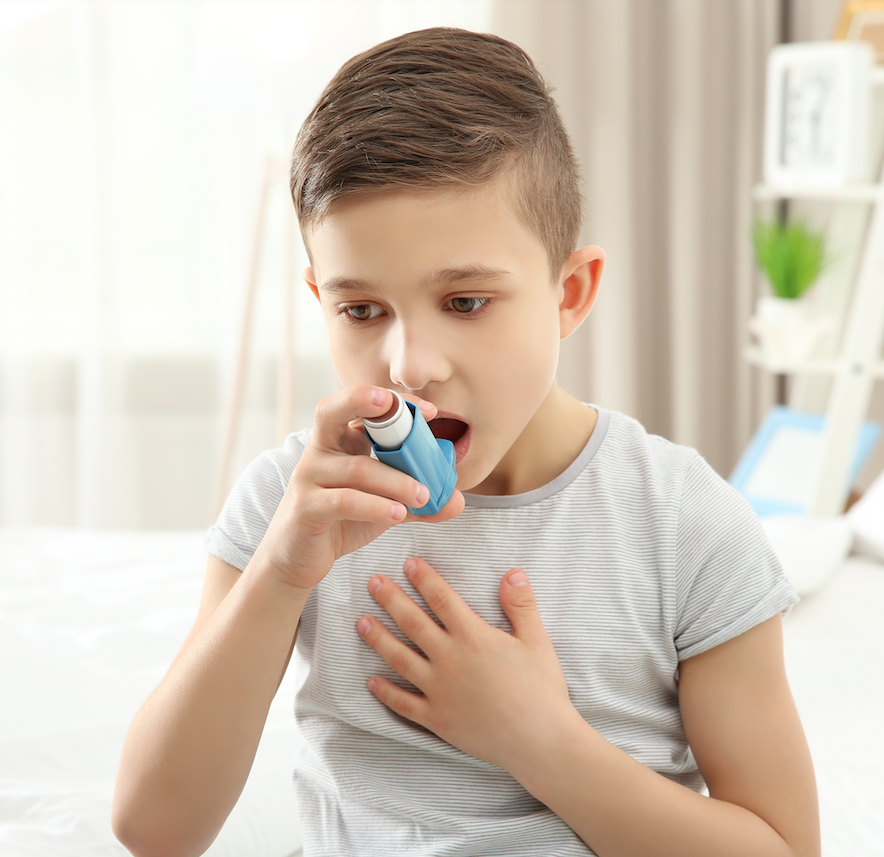Article
Autism Development Associated with Air Pollutants
Author(s):
Prenatal and early infant exposure to air pollutants may be linked to developing autism, according to research presented at the American Association for Aerosol Research.

Children on the autism spectrum may have been exposed to pollution and air toxins early in life, according to research presented at the American Association for Aerosol Research from October 20-24 in Orlando.
Researchers from the University of Pittsburgh observed 217 cases of autism spectrum disorder (ASD) and 224 control patients from children born between 2005 and 2009 in the southwestern Pennsylvania area. The control group was further split into 2 groups, of which 1 group was interviewed with complete residential histories from pre-pregnancy through age 2; the other group consisted of 5,007 non-interviewed controls from a random residence-at-birth sample.
“There were three small studies that came out since 2006 linking ASD, autism spectrum disorders, with air pollution,” study leader Evelyn Talbott, Dr. PH, MPH, told the Pittsburgh Post-Gazette. “I scratched my head and said, ‘Nobody’s ever looked at this, and when you don’t look at it, you don’t find anything.’ It is worth looking at it because we know so very little about what causes autism spectrum disorders.”
The researchers found children on the autism spectrum were more likely to have been exposed to higher levels of air toxins, during pregnancy and in the first 2 years of life. The toxins included were styrene, which is used in plastics and paints, and chromium, which stems from industrial processes such as steel manufacturing. Children exposed to these toxins were at a 1.4 to 2-fold greater risk for autism, the researchers concluded after adjusting for the mother’s age, maternal smoking habits, race, and education.
Women with the highest quartile of exposure to chromium had 1.65 times the risk of having a child with autism compared with women in the lowest chromium exposure quartile. Similarly, Women in the highest quartile of exposure to styrene had an odds ratio of 1.78 of having a child with autism, compared with the lowest chromium exposure quartile.
Among the larger control group, which additionally examined the toxin cyanide, each cyanide exposure quartile increased 16 percent higher odds of having a child with autism.
“Chromium, cyanide and styrene exhibited elevated odds ratios using two different control groups,” the researchers concluded. “These findings need to be verified with exposure assessment at the individual level.”




